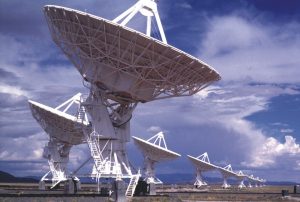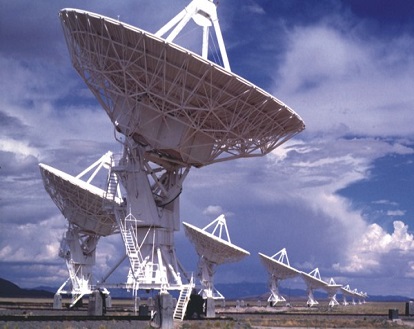Harvard University reported that last February a team of astronomers reported detecting an “afterglow” from a mysterious event called a fast radio burst “which would pinpoint the precise position of the burst’s origin.”
“New research by Harvard astronomers Peter Williams and Edo Berger shows that the radio emission believed to be an afterglow actually originated from a distant galaxy’s core and was unassociated with the fast radio burst,” reported Harvard.
Berger explained, “As their name suggests, fast radio bursts (or FRBs) are brief yet powerful spurts of radio energy lasting only a few milliseconds. The first ones were only identified in 2007. Their source has remained a mystery. […] We don’t even know if they come from inside our galaxy or if they’re extragalactic.”
According to Harvard, “most FRBs have been identified in archival data, making immediate follow-up impossible. The new event, FRB 150418, is only the second one to be identified in real time. Radio observations reported in Nature purportedly showed a fading radio afterglow associated with the FRB. That afterglow was used to link the FRB to a host galaxy located about 6 billion light-years from Earth.”
“In late February through March 2016, Williams and Berger investigated the supposed host galaxy in detail using the National Science Foundation’s Jansky Very Large Array (VLA) network of radio telescopes in New Mexico,” reported Harvard, “The fantastic sensitivity of the VLA allowed the researchers to monitor the radio galaxy without disrupting normal operations.”
“Right now the science of fast radio bursts is where we were with gamma-ray bursts 30 years ago. We saw these things appearing and disappearing, but we didn’t know what they were or what caused them,” said Williams, “Now we have firm evidence for the origins of both short and long gamma-ray bursts. With more data and more luck, I expect that we’ll eventually solve the mystery of fast radio bursts too.”
To read more, click here.

